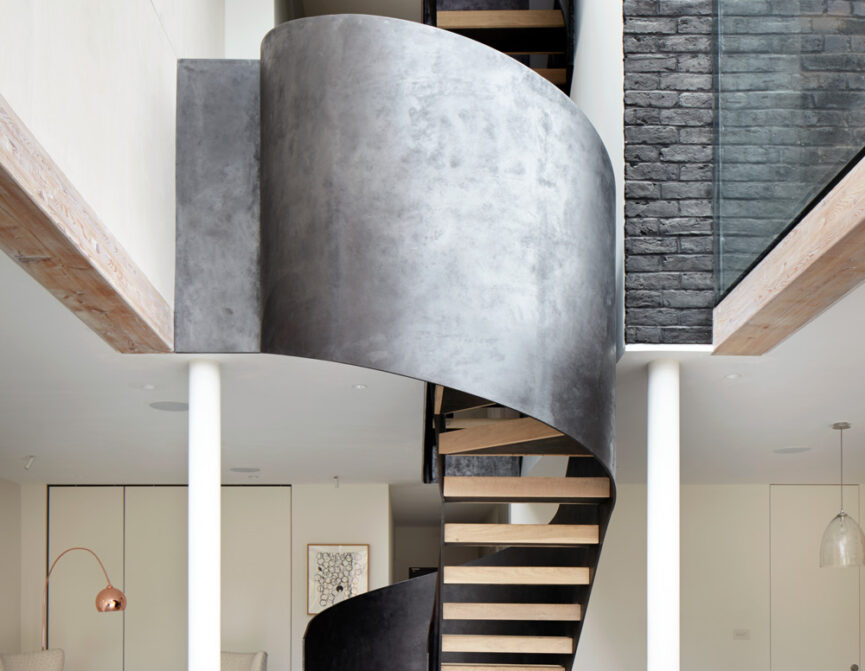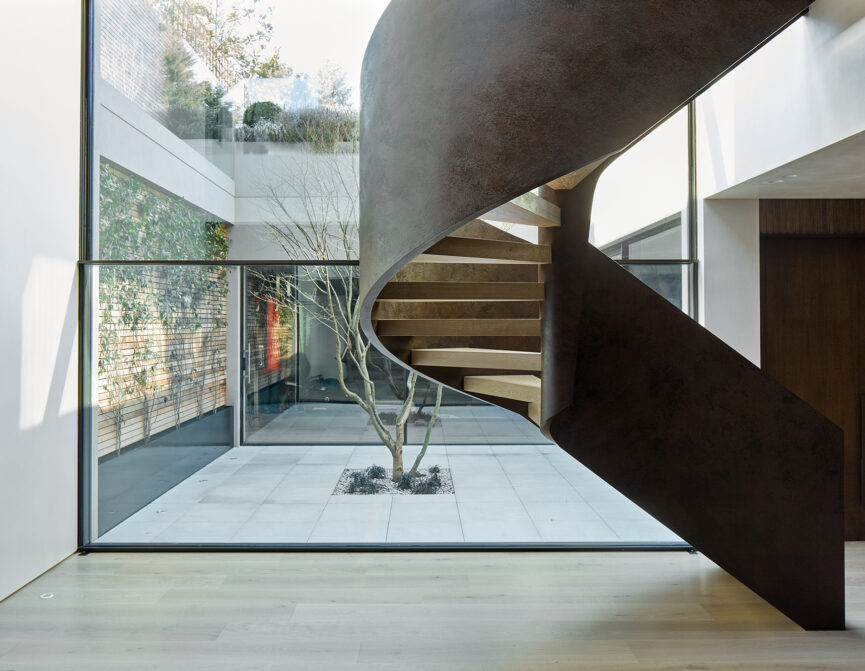Alisdair, Ben and Jelena on why residential architecture should go beyond aesthetics and the meaning of a healthy home.
Is there a better feeling than a home that soothes the soul? One where every material, channel of light and flow of space is both aesthetically and holistically composed. Where, yes, the craftsmanship is meticulous but when you look closer, the design is mindful and people-led.
That’s the raison d’être behind this award-winning architecture and interior design practice Cousins & Cousins – light-filled, modern homes designed guided by the principle of wellbeing. It’s a welcome approach after the turbulence of the past year and a half and the flux that’s left to come. Flick through their portfolio – Kenwood Lee House, De Beauvoir House, Cleveland Square – and you’ll see how they create idiosyncratic spaces that are as uplifting as they are grounding.
For founders Ben and Jelena Cousins – partners in life and business – and associate Alisdair Gray, wellbeing shouldn’t be limited to home gyms and saunas. “We now know that the essential properties – the air we breathe, the water we drink, the quality of light and sound within a space – have a profound effect on how healthy and successful that environment is to occupy,” says Alisdair.
So how can residential architecture learn to adopt wellbeing as a guiding ethos for the future? Alisdair, Ben and Jelena pull up proverbial chairs to explain how industry practices can go deeper than simple solutions and what it would mean for the clients.
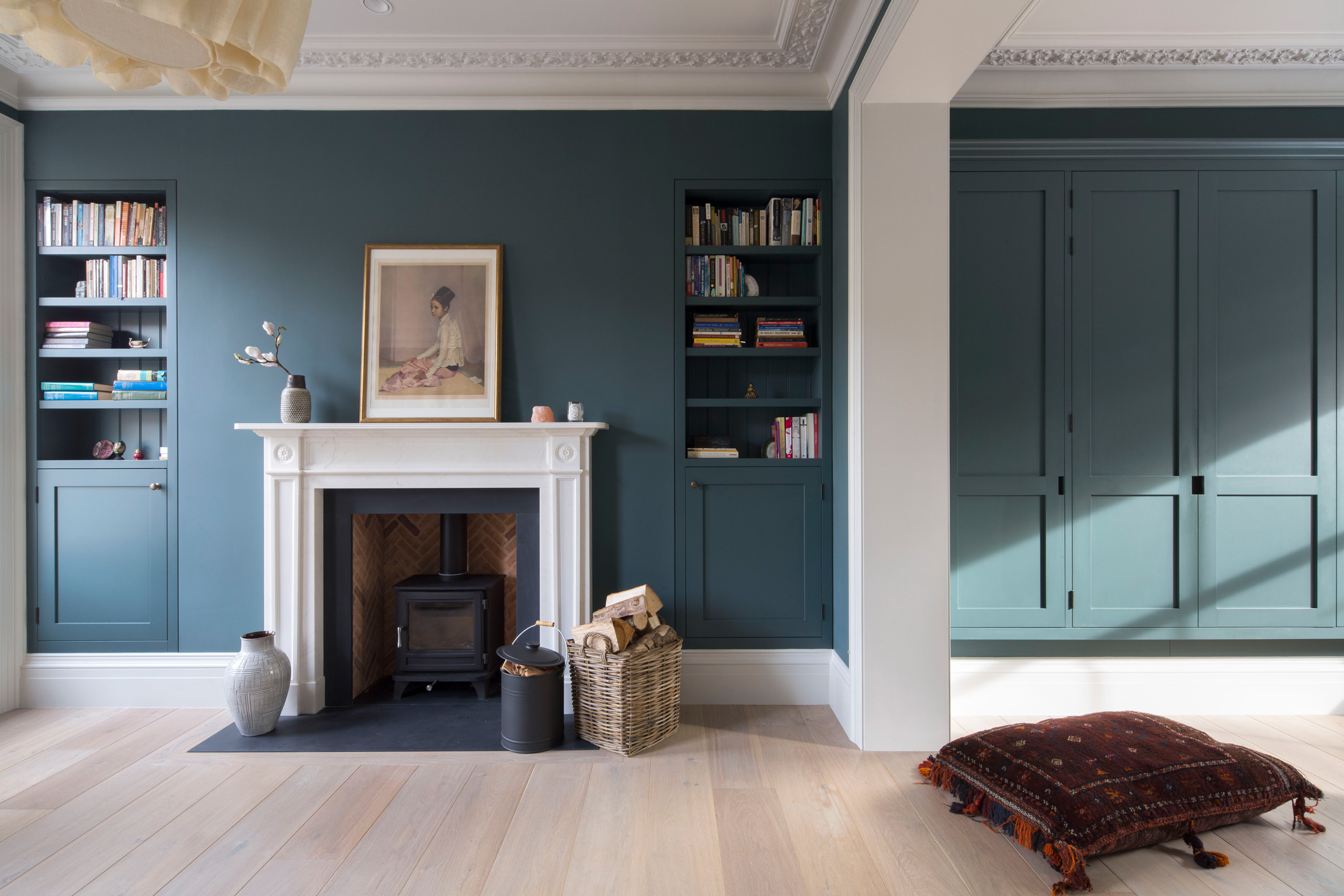
What does home mean to you and can you explain its relationship with wellbeing and architecture?
Alisdair Gray: The home is a sanctuary and to really relax, you need a connection with nature. At the same time, spaces that are cosy and private are essential. Now our houses have become our offices, gyms, schools, cinemas and so they need to adapt to let us better manage our work-life balance both practically and healthily.
Since our homes have had to work harder, it is important to have the flexibility to reconfigure spaces to separate its functions. That is the next challenge – the flexibility to be everything without losing the comfort and sanctuary at its core.
As wellbeing takes centre stage in the wake of the pandemic, how will residential architecture change?
Alisdair Gray: Anything that impacts our senses – crucially the quality of air, light and sound – plays an incredibly important role in keeping us healthy and creating a productive and versatile environment to live in. We will see the greater use of sensors in the home, which can monitor air quality, acoustics and the quality of light and allow us to adapt our surroundings and make the most of the immediate environment.
The mechanical and electrical systems along with the very fabric of buildings also need to perform to higher standards to improve sustainability and comfort. With technological innovation, historic buildings can be transformed, retrofitting them from cold, energy-guzzling houses to high-quality, modern family homes that meet environmental and wellness requirements.
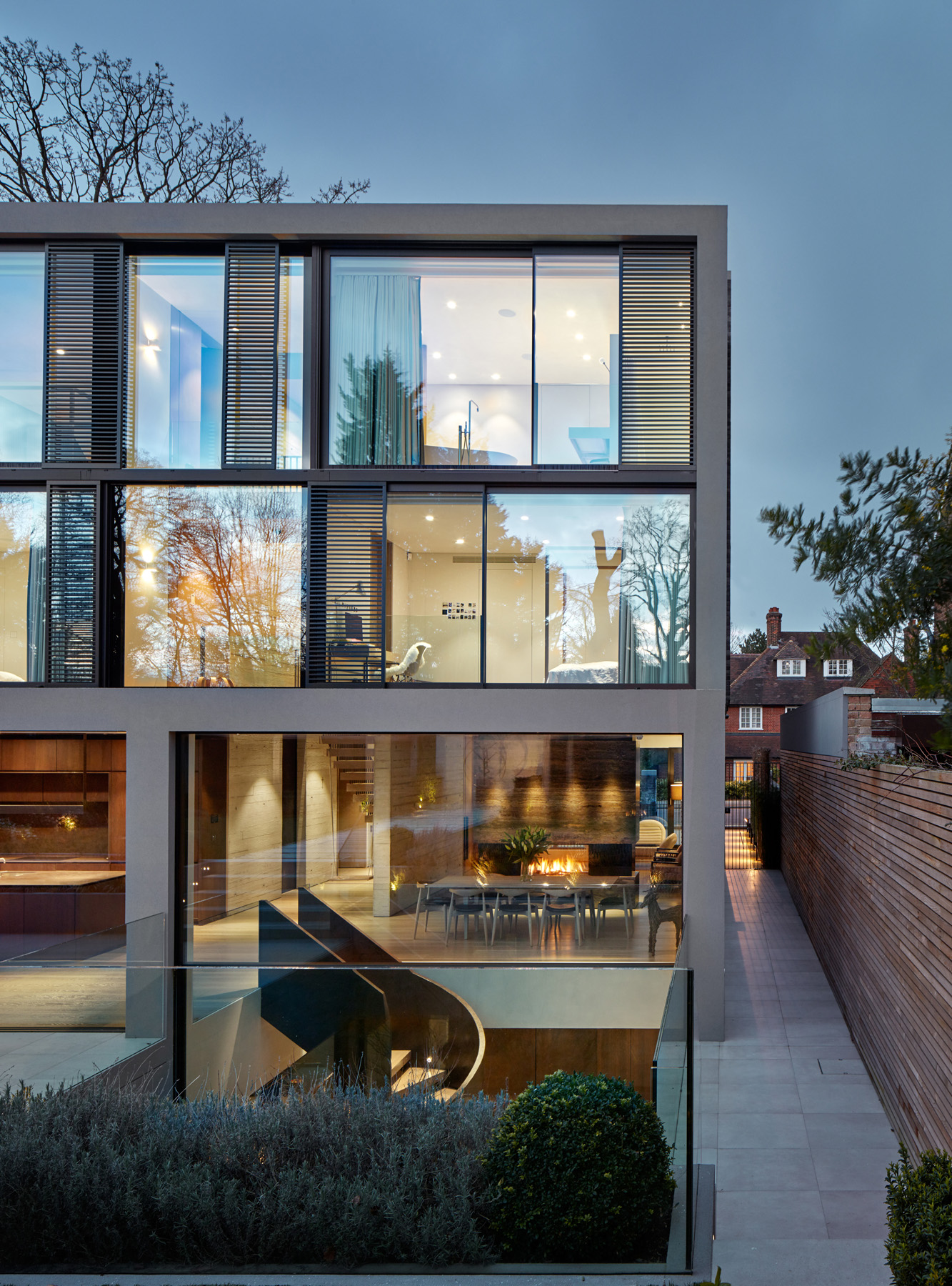
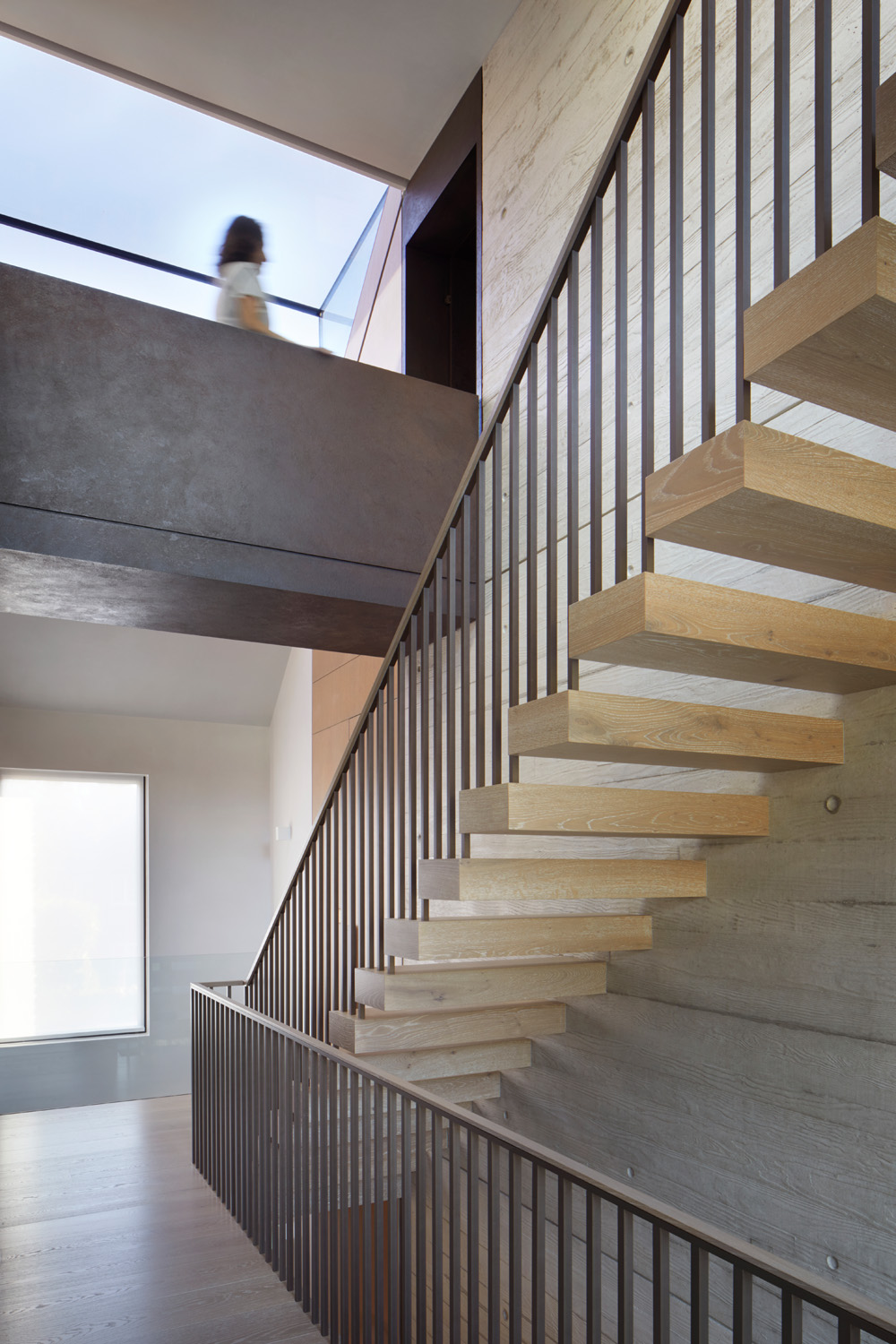

How can architecture avoid ticking boxes with wellbeing trends and go a step further?
Alisdair Gray: Now that we have a better understanding of the different qualities of a home that can affect wellbeing, it’s not just the features of residential architecture that are seen as beneficial. It goes further than saunas and gyms – it’s the quality of the building fabric, the mechanical, electrical, plumbing and heating (MEPH) services that deserve time and budget. Also, the actual quality of the architectural design itself has a bearing, so it’s pushing the industry to improve and become better. We always try to create buildings that aren’t just containers for products that boost health and wellbeing but are inherently healthy to occupy.
At our Canonbury Park South project, we radically transformed the performance and comfort of a four-storey Victorian family home using Passivhaus ‘fabric first’ design principles. The result is a very tranquil, calm and clean house, free from external pollutants and with virtually no energy bills.
Can you tell us about how Cousins & Cousins’ approach places wellbeing at the heart of its designs?
Alisdair Gray: Conversation and collaboration are at the heart of the company’s ethos. We pinpoint what’s important to our clients to unlock the potential of their homes and give them buildings and spaces that exceed expectations and maximise value and enjoyment. Once we have gone through an extensive research phase, we are ready to focus on crafting spaces using materials, light and detail that promote wellbeing for the people within them.
Our empathic approach is supported by the newest technologies and design techniques to make sure that we’re creating long-lasting buildings that are fit for purpose. This means that each project – whether it’s a private home or a commercial scheme – is informed by our specialist experience in wellbeing, sustainable retrofit, modern methods of construction, heritage sites and listed buildings.
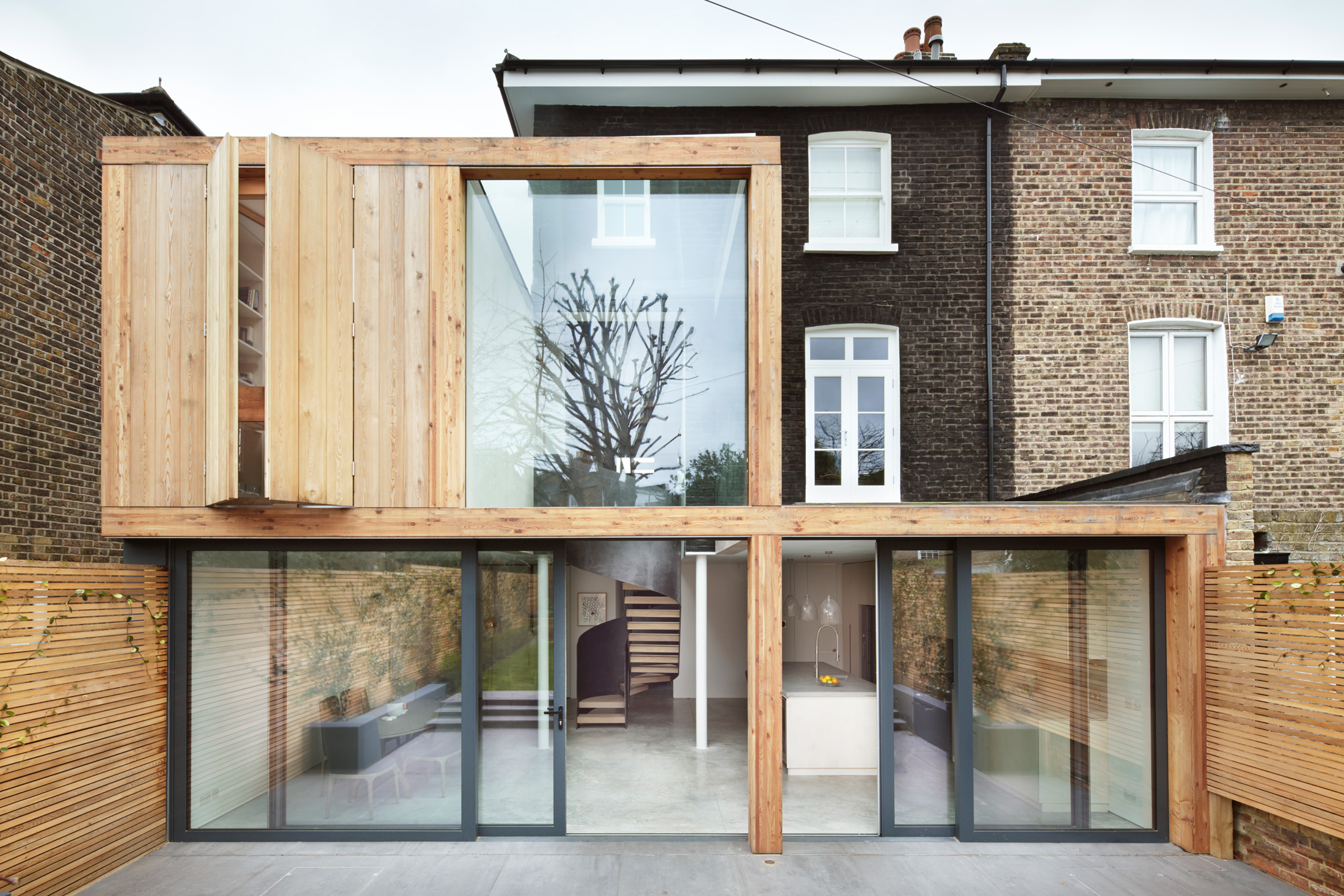
Is there a recently completed project you feel particularly embodies the values of designing for wellbeing?
Alisdair Gray: I would say Kenwood Lee House. Everywhere you are in the house, you look out to the views beyond. The spaces flow smoothly and you never feel like you’re separated from nature and light. It also has away-from-it-all sanctuaries within, for when you want to feel cosy and have some space and privacy.
What are some commonly overlooked factors that can boost wellbeing?
Alisdair Gray: One thing that is often overlooked is the plan and flow through the house, which makes a huge difference to how you feel in the home. The views that are framed and the journey through the home are crucial.
Jelena Cousins: Sometimes you walk in a house and it feels like it’s working against you. When I design a home, I always imagine how I would move through it. It’s the way the spaces relate to each other and you. When the space is harmonised, it brings an enormous sense of calm.
What advice would you give to those looking to reconfigure existing homes to promote wellness?
Alisdair Gray: Each individual house is different and every house comes with a specific client brief. The project and outcome are a blend of the architect’s vision and the client’s needs. My primary advice is to hire an architect; their take on your brief will add something creative and unique to your home.

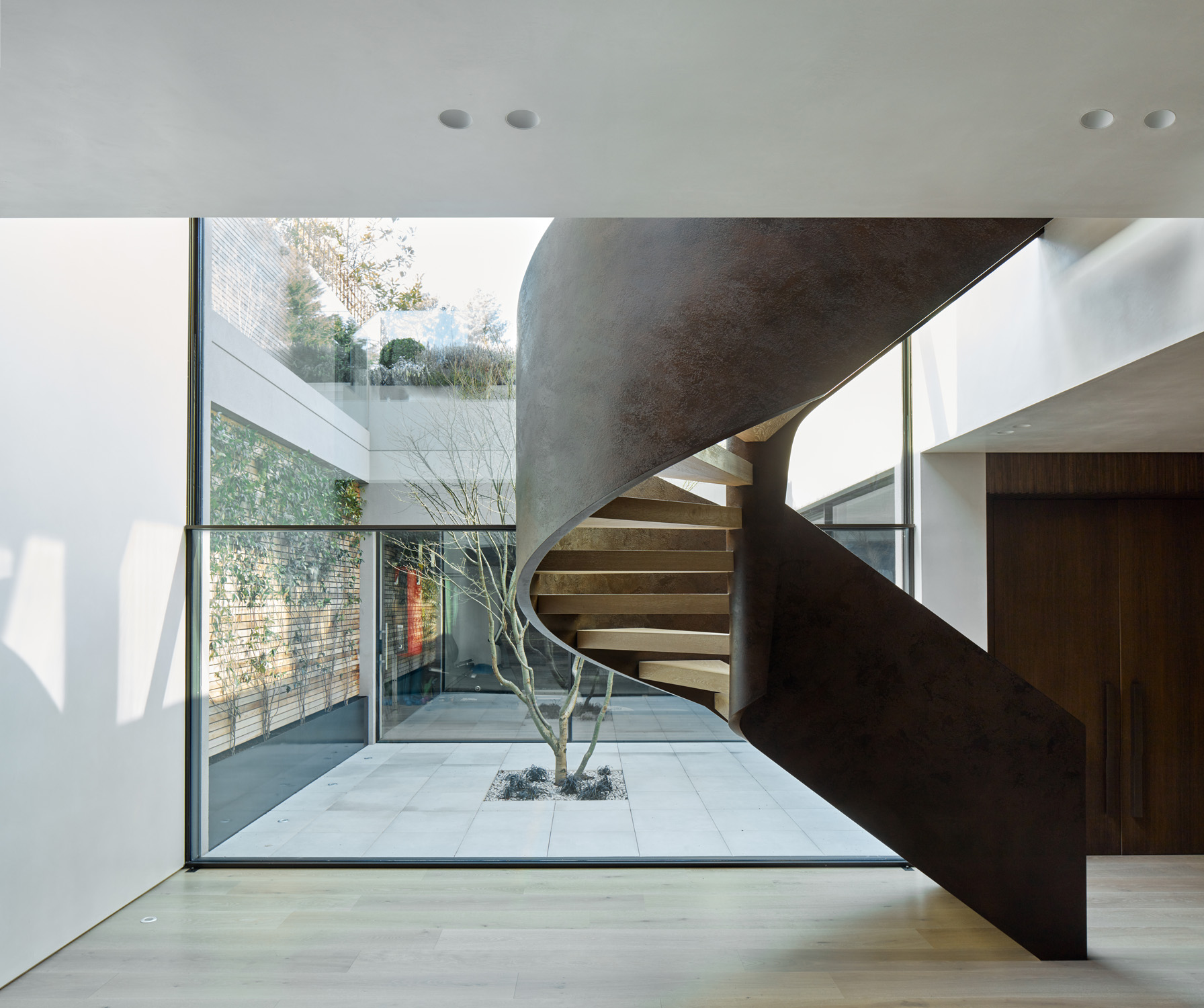
Countries like Sweden and Finland have been touted for their approach to residential architecture, having long made wellbeing a central consideration. What are your thoughts and how can the UK catch up?
Ben Cousins: It’s important to remember that Scandinavian countries have extreme temperatures and their construction is focused on saving energy, insulating homes and reducing energy bills, which as a by-product, enhances wellbeing. In the UK we don’t have the same climate so historically, it’s not been seen as necessary as in Scandinavia.
This kind of approach will, however, become more acceptable and more commonly used particularly in new builds where you can factor it in from scratch. Slowly people are becoming aware of the environmental and wellness benefits, but it does have a higher cost than normal forms of construction.
If you’re undertaking a new build or extension, then it’s the perfect opportunity to take a fabric first approach and build the insulation and energy-saving systems from within.
Finally, looking at the bigger picture, how can London as a city promote wellbeing through urban design?
Alisdair Gray: London’s green spaces number in the thousands and make up 18% of the city’s land. In a report commissioned by the City Corporation, London is stated as the greenest city in Europe and the third greenest city of its size in the world. Green space is a resource that we have in abundance and urban greening strategies will further the city’s goals to become healthier and more enjoyable to occupy.
One other resource that we have in abundance is community. The last year has taught us the importance of community, sustainability, family and localism. Each neighbourhood has its own unique identity. We must support them so they can support themselves and the individuals within.



